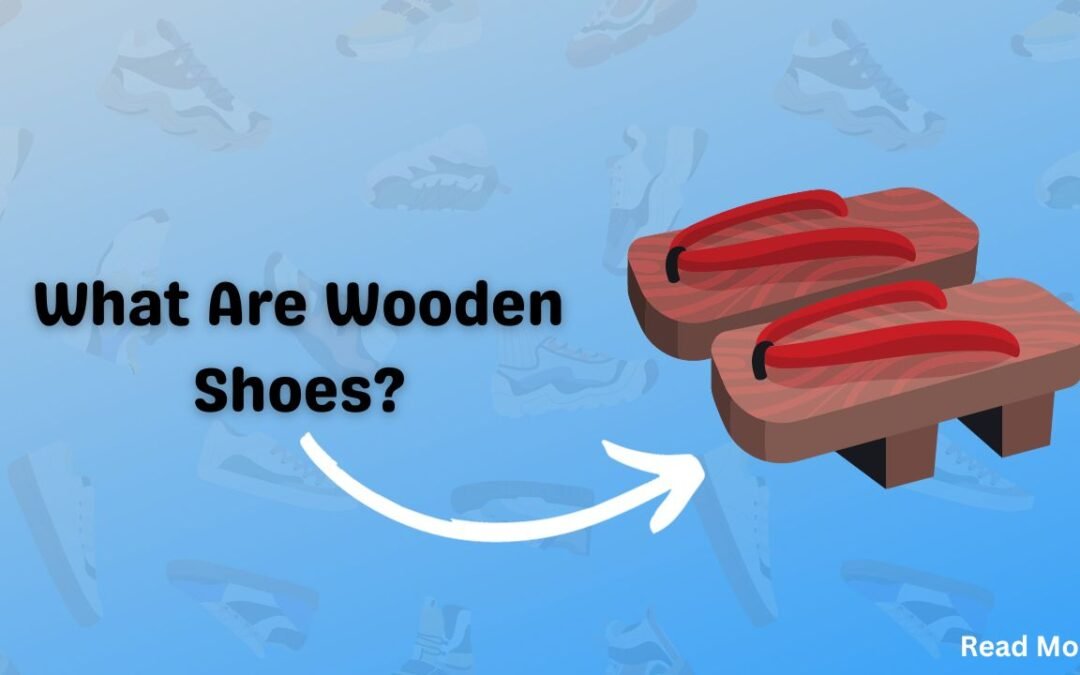What Are Wooden Shoes?
Wooden shoes, also known as clogs, are a type of footwear made primarily of wood. They consist of a thick, carved wooden sole with a strap across the top of the foot.
Wooden shoes originated in the Netherlands and Belgium where they were worn by peasants and farmers dating back to medieval times. The Dutch word for wooden shoes is “klompen”. The wood helped insulate feet from cold and damp conditions while being affordable, durable, and easy to construct.
Wearing wooden shoes eventually spread across Europe in variations but came to be especially associated with the Netherlands. Dutch immigrants brought them to North America starting in the 18th century.
Beyond the standard wooden clog, many regional variations of wooden shoes emerged over time. The Swedish träskor, French sabot, Japanese geta, and Spanish albarca are all types of wooden shoes with their own unique spin.
Wooden shoes remain an important symbol of Dutch culture and heritage. Miniature wooden shoes are popular souvenirs. While not commonly worn today, wooden clogs are still used in some work contexts or as part of traditional outfits and costumes.
Different Types of Wooden Shoes
There are many varieties of wooden shoes that emerged in different cultures across Europe and Asia:
Traditional Dutch Wooden Shoes
- Also called klompen, these are the most classic wooden shoes with a rounded toe, open back, and leather strap across vamp.
- Come in a range of styles from plain to intricately decorated with woodburning designs.
- Traditionally carved from willow, poplar or alder wood. Painted in colors like red, green, blue and yellow.
- Worn by farmers and laborers who required sturdy, protective footwear that was affordable and easy to construct.
- Remain an iconic symbol of the Netherlands and Dutch culture. Still worn today for traditional costumes and reenactments.
Swedish Träskor
- Träskor are the Swedish variant of wooden shoes.
- Tend to be smaller in size and more delicately carved than the heavy Dutch clogs.
- Decorated with traditional floral motifs and geometric patterns.
- Commonly painted in red, blue, green, white and gold.
- Represents an important part of Swedish history and cultural identity.
Japanese Geta
- Geta are traditional wooden sandals worn with kimono that date back to the 8th century.
- Has an elevated wooden base held onto the foot with a fabric thong.
- The height helped prevent kimono from touching wet, muddy roads.
- Now often lacquered and worn during festivals.
- There are also modern platform geta worn for fashion.
FAQs
Are wooden shoes comfortable to wear?
While wooden shoes take some breaking in, the wood eventually conforms to your feet and provides firm arch support. Many wearers add cushioned insoles for extra comfort. The straps keep them securely on your feet.
How long do wooden shoes last?
With proper care, a quality pair of wooden shoes can last for years or even decades. The wood is naturally water-resistant and durable. Refinishing the wood periodically can maintain its condition.
Can you get wooden shoes wet?
You can get wooden shoes wet without damage. Allow them to fully dry out afterward, stuffing with newspaper to absorb moisture faster. Extended saturation is not recommended as it may warp the wood over time.
Do people still wear wooden shoes today?
While not as common as in the past, wooden shoes are still worn by some for occupations that require sturdy footwear, like gardening or farming. They remain part of traditional costumes and folk dances in regions like the Netherlands and Scandinavia. Others wear them for fashion or their novelty appeal.
Are wooden shoes bad for your feet?
Worn properly fitted, wooden shoes provide firm support that conforms to the feet. The hard wood does not allow pronation or shock absorption like athletic shoes. Inserts can add cushioning. Those with foot conditions should consult a podiatrist.
How are wooden shoes sized and fitted?
Wooden shoes run large in terms of normal shoe sizing. Fit is based on interior length and width measurements. The shoes require break-in time to stretch and fit your feet snugly. Straps are adjustable for fine tuning fit.
How do you walk in wooden shoes?
It takes practice to get used to the rigid sole and weight distribution. Take slow, short steps at first. Land toe to heel, rolling gently through each step. Don’t drag your feet as it can damage the wood.
